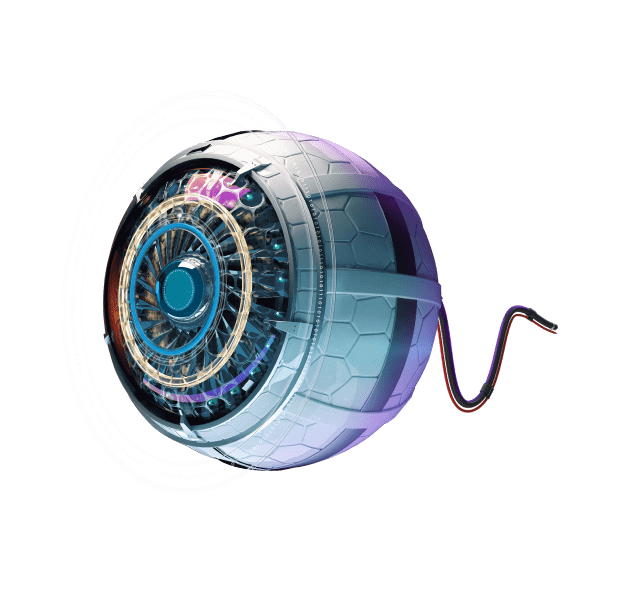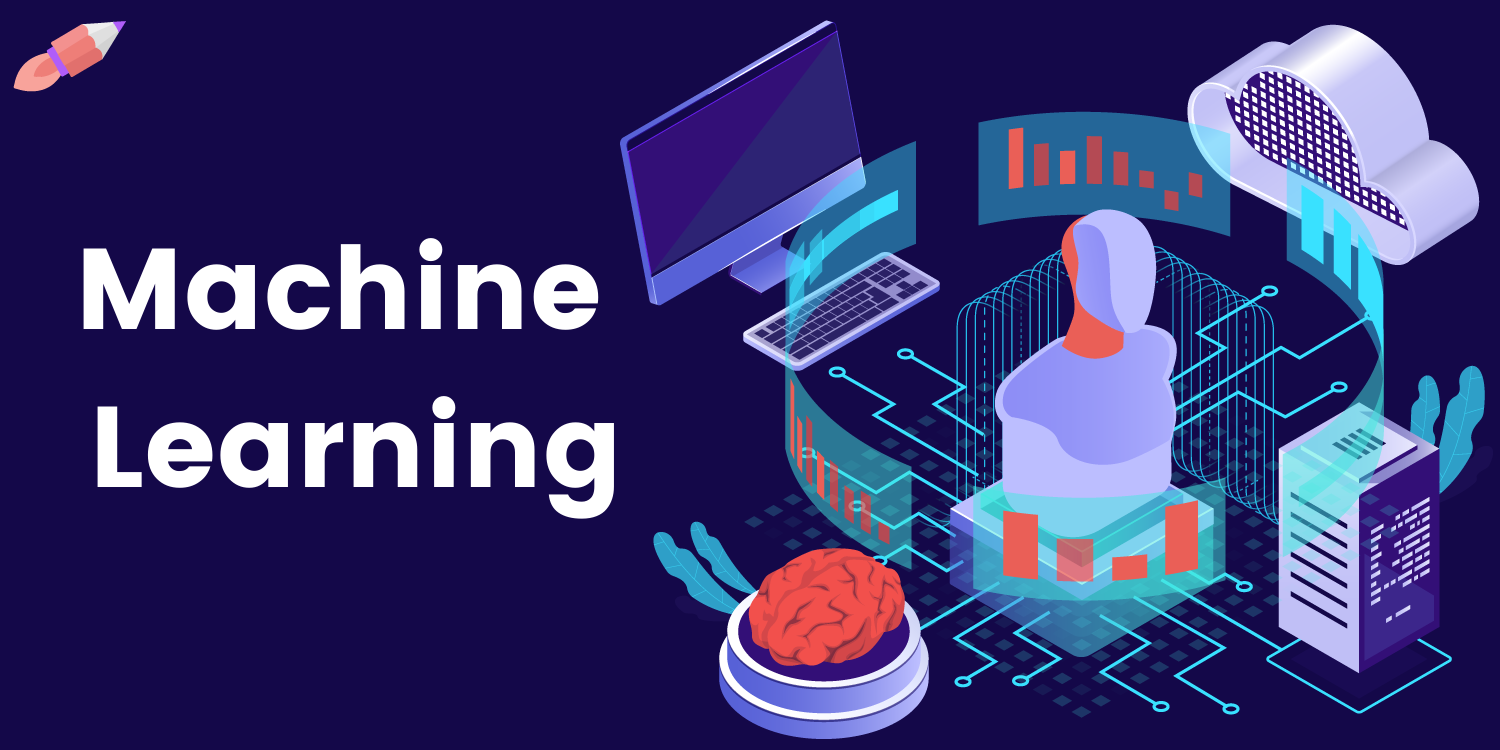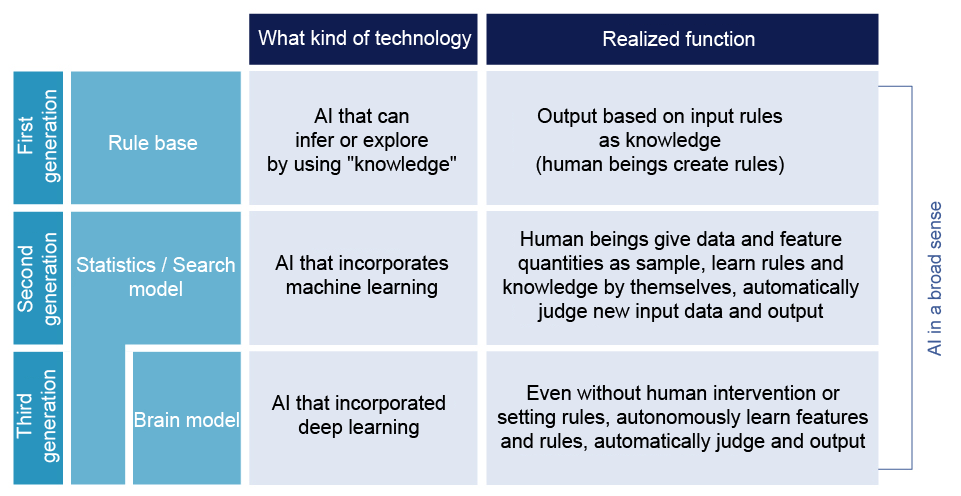
Isaac Asimov first introduced the Three Laws of Robotics with his 1942 short story "Runaround." These laws were already in Asimov’s earlier works. This article will discuss how they can be applied to robot behavior and their implications on human behavior. We'll also talk about Asimov’s impact on popular culture. This article will serve as a reference for you when building your next robot.
Three Laws of Asimov
Asimov's science fiction novels have all been familiar with Asimov and his Three Laws of Humanrobot Relations. These laws basically state that robots must obey human commands, or they will kill humans or themselves. There is an exception to every law. SkeleBot 9000 is a robotic spy that was created to spy on people and steal secrets. It would be incompatible with the Three Laws and therefore useless and dangerous for its intended purpose.
When a robot has to kill human beings, the First Law becomes problematic. It lacks a specific definition. Robots of today are still unable to comprehend natural language, despite being anthropomorphized by humans. This is due to the differences in viewpoints between humans and robots. They will not share a common language. So, anthropomorphizing robots will likely cause more confusion, especially as the number of human-robot interactions increases.

Their influence on robot behavior
Researchers explored how humans and robots interact in the study on human-robot collaboration. While robots can be naturally cooperative, humans may need to balance how they lead and follow their human companions. This balance act will result in better task-related performance as well maintaining trust between humans. Researchers warn that further research is needed on how these goals might impact human-robot cooperation.
Another study looked at the impact of human-robot interactions upon participants' attentional behavior and perceptions about the robot. This study hypothesized human-robot interaction would increase user engagement and empathy. As a result, robots with human-like features would engage users in a more personal and meaningful way. But this hypothesis may not hold true. Artificial intelligence is one alternative method to evaluate human-robot interactions.
These implications have an impact on human behavior
Evolutionary biologists have studied the evolution and co-existence of animals since Darwin's theories on evolution. Natural selection is the most common explanation for cooperation. The theories are a subject of intense debate. Cornell will hold a dinner to discuss recent developments in the field. For now, the question remains whether humans can benefit from these findings. However, they are worth investigating further. Hofer will not only discuss the origins of cooperation but also explain how social behavior has changed over time.
Their influence on pop culture
Although Asimov's Three Laws of Robotics are first mentioned in I, Robot, only the third was explicitly mentioned in that story. The Laws weren't mentioned in the Robot Stories, which assumed that robots would follow them. The third story in the series about robots, Liar!, explicitly mentions the Three Laws, but largely ignores that of the First Law. Only in Runaround, the fourth story of the series, are the Laws explicitly mentioned. The Laws are also cited in I, Robot and Runaround.

The first law of robotics relates to the nature of the universe. Robots cannot always regain control of human beings and must have the capability of making arbitrary decisions. This is a crucial characteristic of a democratic system. This means the most senior member of a hierarchy must have their work reviewed by the next. In other words, robot laws must allow for adaptive change.
FAQ
Who is the current leader of the AI market?
Artificial Intelligence (AI) is an area of computer science that focuses on creating intelligent machines capable of performing tasks normally requiring human intelligence, such as speech recognition, translation, visual perception, natural language processing, reasoning, planning, learning, and decision-making.
Today, there are many different types of artificial intelligence technologies, including machine learning, neural networks, expert systems, evolutionary computing, genetic algorithms, fuzzy logic, rule-based systems, case-based reasoning, knowledge representation and ontology engineering, and agent technology.
There has been much debate about whether or not AI can ever truly understand what humans are thinking. But, deep learning and other recent developments have made it possible to create programs capable of performing certain tasks.
Today, Google's DeepMind unit is one of the world's largest developers of AI software. Demis Hassabis was the former head of neuroscience at University College London. It was established in 2010. DeepMind invented AlphaGo in 2014. This program was designed to play Go against the top professional players.
Which AI technology do you believe will impact your job?
AI will eventually eliminate certain jobs. This includes drivers, taxi drivers as well as cashiers and workers in fast food restaurants.
AI will create new jobs. This includes jobs like data scientists, business analysts, project managers, product designers, and marketing specialists.
AI will make current jobs easier. This includes doctors, lawyers, accountants, teachers, nurses and engineers.
AI will improve efficiency in existing jobs. This applies to salespeople, customer service representatives, call center agents, and other jobs.
From where did AI develop?
Artificial intelligence was created in 1950 by Alan Turing, who suggested a test for intelligent machines. He said that if a machine could fool a person into thinking they were talking to another human, it would be considered intelligent.
John McCarthy later took up the idea and wrote an essay titled "Can Machines Think?" McCarthy wrote an essay entitled "Can machines think?" in 1956. In it, he described the problems faced by AI researchers and outlined some possible solutions.
Is there any other technology that can compete with AI?
Yes, but not yet. Many technologies have been created to solve particular problems. However, none of them match AI's speed and accuracy.
Which countries are currently leading the AI market, and why?
China has more than $2B in annual revenue for Artificial Intelligence in 2018, and is leading the market. China's AI industry is led in part by Baidu, Tencent Holdings Ltd. and Tencent Holdings Ltd. as well as Huawei Technologies Co. Ltd. and Xiaomi Technology Inc.
China's government invests heavily in AI development. The Chinese government has created several research centers devoted to improving AI capabilities. These include the National Laboratory of Pattern Recognition, the State Key Lab of Virtual Reality Technology and Systems, and the State Key Laboratory of Software Development Environment.
China is also home to some of the world's biggest companies like Baidu, Alibaba, Tencent, and Xiaomi. All of these companies are working hard to create their own AI solutions.
India is another country that is making significant progress in the development of AI and related technologies. The government of India is currently focusing on the development of an AI ecosystem.
Why is AI important
According to estimates, the number of connected devices will reach trillions within 30 years. These devices will include everything, from fridges to cars. Internet of Things (IoT), which is the result of the interaction of billions of devices and internet, is what it all looks like. IoT devices can communicate with one another and share information. They will be able make their own decisions. Based on past consumption patterns, a fridge could decide whether to order milk.
It is expected that there will be 50 Billion IoT devices by 2025. This is a tremendous opportunity for businesses. However, it also raises many concerns about security and privacy.
How does AI work
An artificial neural network is composed of simple processors known as neurons. Each neuron takes inputs from other neurons, and then uses mathematical operations to process them.
Neurons are arranged in layers. Each layer serves a different purpose. The first layer gets raw data such as images, sounds, etc. It then passes this data on to the second layer, which continues processing them. Finally, the last layer produces an output.
Each neuron also has a weighting number. When new input arrives, this value is multiplied by the input and added to the weighted sum of all previous values. If the number is greater than zero then the neuron activates. It sends a signal down the line telling the next neuron what to do.
This process continues until you reach the end of your network. Here are the final results.
Statistics
- That's as many of us that have been in that AI space would say, it's about 70 or 80 percent of the work. (finra.org)
- In 2019, AI adoption among large companies increased by 47% compared to 2018, according to the latest Artificial IntelligenceIndex report. (marsner.com)
- By using BrainBox AI, commercial buildings can reduce total energy costs by 25% and improves occupant comfort by 60%. (analyticsinsight.net)
- The company's AI team trained an image recognition model to 85 percent accuracy using billions of public Instagram photos tagged with hashtags. (builtin.com)
- More than 70 percent of users claim they book trips on their phones, review travel tips, and research local landmarks and restaurants. (builtin.com)
External Links
How To
How do I start using AI?
An algorithm that learns from its errors is one way to use artificial intelligence. This allows you to learn from your mistakes and improve your future decisions.
If you want to add a feature where it suggests words that will complete a sentence, this could be done, for instance, when you write a text message. It would analyze your past messages to suggest similar phrases that you could choose from.
You'd have to train the system first, though, to make sure it knows what you mean when you ask it to write something.
To answer your questions, you can even create a chatbot. You might ask "What time does my flight depart?" The bot will reply, "the next one leaves at 8 am".
This guide will help you get started with machine-learning.